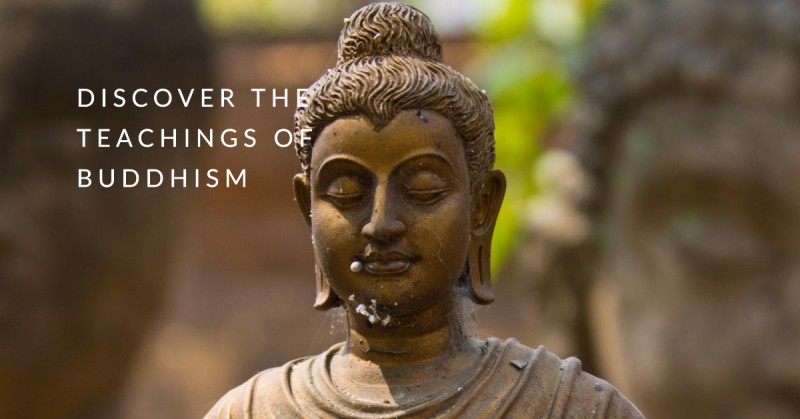
Buddhism, one of the world's major religions, has various schools and branches that have developed over its long history. These different schools emerged as Buddhism spread across different regions and adapted to local cultures and beliefs. Three prominent branches of Buddhism are Theravada, Mahayana, and Vajrayana. Each branch offers unique perspectives, practices, and philosophical teachings. In this article, we will explore these schools of Buddhism, highlighting their distinctive characteristics and contributions.
Buddhism originated in ancient India around the 5th century BCE and has since gained millions of followers worldwide. As it spread to different regions, it evolved and diversified into various schools and branches. These branches, such as Theravada, Mahayana, and Vajrayana, share a common foundation of Buddhist principles but offer distinct interpretations and practices.
Theravada Buddhism
Theravada Buddhism, also known as the "Doctrine of the Elders," traces its roots back to the early teachings of the Buddha. This branch places a strong emphasis on the original scriptures, known as the Pali Canon, and adheres closely to the teachings of the historical Buddha. Theravada practitioners strive for individual enlightenment, following the path of moral conduct, meditation, and wisdom. The primary goal is to attain liberation from the cycle of rebirth and achieve nirvana. This branch is prevalent in countries like Sri Lanka, Thailand, Myanmar, and Cambodia.
Mahayana Buddhism
Mahayana Buddhism, often referred to as the "Great Vehicle," emerged as a distinct branch around the 1st century CE. Unlike Theravada, Mahayana focuses not only on individual liberation but also on the enlightenment of all sentient beings. Mahayana practitioners strive to become bodhisattvas, enlightened beings who postpone their own nirvana to help others attain enlightenment. This branch emphasizes compassion, wisdom, and the pursuit of the ultimate truth. Mahayana Buddhism is prevalent in East Asian countries like China, Japan, Korea, and Vietnam.
Vajrayana Buddhism
Vajrayana Buddhism, also known as the "Diamond Vehicle" or "Tantric Buddhism," developed later than Theravada and Mahayana. It originated in India and spread to Tibet, Bhutan, Nepal, and Mongolia. Vajrayana incorporates tantric practices, rituals, and esoteric teachings to achieve enlightenment swiftly. It utilizes various techniques, such as visualization, mantra recitation, and the use of ritual objects, to awaken the practitioner's innate Buddha-nature. This branch places a significant emphasis on the guidance of a qualified guru or spiritual teacher.
Differences and Similarities among the Three Branches
While all three branches of Buddhism share a common foundation, they have distinct characteristics and practices. Theravada focuses on personal liberation, Mahayana emphasizes compassion and the enlightenment of all beings, and Vajrayana employs tantric practices for swift realization. However, all three branches recognize the Four Noble Truths, the Eightfold Path, and the Threefold Training as essential teachings. They also share the belief in the impermanence of life and the concept of karma.
Influence and Spread of Buddhism
Throughout history, Buddhism has spread beyond its places of origin, influencing various cultures and societies. As it migrated to different regions, it assimilated local customs, traditions, and beliefs, resulting in the development of numerous Buddhist schools and practices. Today, Theravada, Mahayana, and Vajrayana Buddhism continue to thrive and impact the lives of millions of people worldwide.
Conclusion
Buddhism encompasses a rich diversity of schools and branches that have evolved over time. Theravada, Mahayana, and Vajrayana represent three major branches of Buddhism, each with its unique perspectives and practices. While they share common teachings and principles, they also exhibit distinct approaches to achieving enlightenment. By understanding the characteristics of these branches, we can gain insights into the vastness and richness of Buddhist philosophy and practice.
Karnataka Cabinet abolishes BJP's introduced anti-conversion law
Yogini Ekadashi: Significance and Rituals of a Sacred Hindu Fast